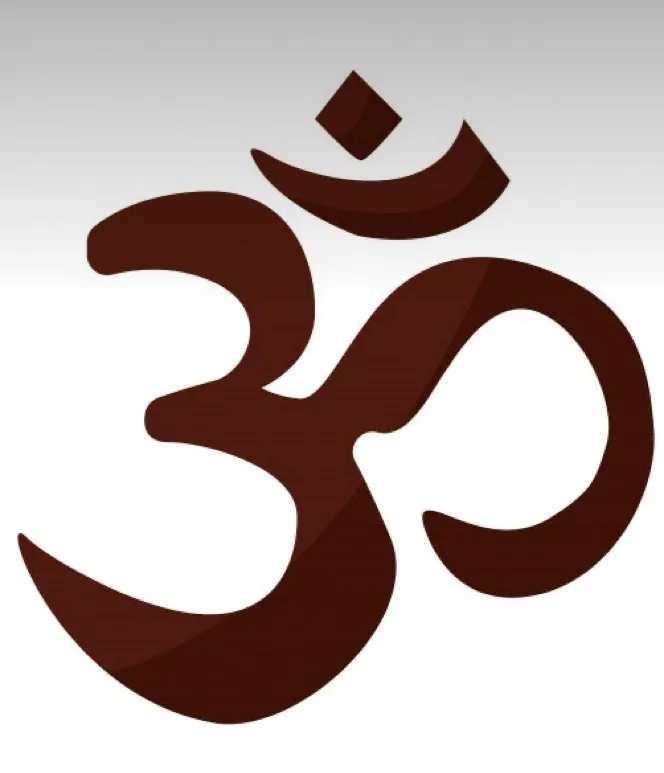Ten oldest religions in the world are:
1.Hinduism
2.Zoroastrianism
3.Judaism
4.Ancient Egyptian Religion
5.Sumerian Religion
6.Shamanism
7.Taoism
8.Jainism
9.Shinto
10.Ancient Greek Religion
1.Hinduism
Hinduism is one of the oldest continuously practiced religions in the world.
The origins of Hinduism can be traced back to the ancient civilizations of the Indus Valley (around 3300–1300 BCE). However, the development of Hinduism as a distinct religious tradition evolved over millennia, incorporating various cultural, philosophical and religious influences.
Hinduism is often described as henotheistic or polytheistic because it recognizes multiple deities, each representing different aspects of the divine. Major gods include Brahma (the creator), Vishnu (the preserver) and Shiva (the destroyer). Hinduism also acknowledges the concept of Brahman, the ultimate reality or cosmic spirit, which transcends individual deities.
Hinduism encompasses a wide range of beliefs and practices, including rituals, ceremonies, yoga, meditation and devotion (bhakti) to various deities. Central concepts include dharma (moral duty), karma (the law of cause and effect), samsara (the cycle of birth, death, and rebirth) and moksha (liberation from the cycle of reincarnation).
Hinduism places a strong emphasis on ahimsa, or non-violence, as a fundamental moral principle. This principle extends to all living beings, and Hindus often practice vegetarianism and advocate for the protection of animals and the environment.
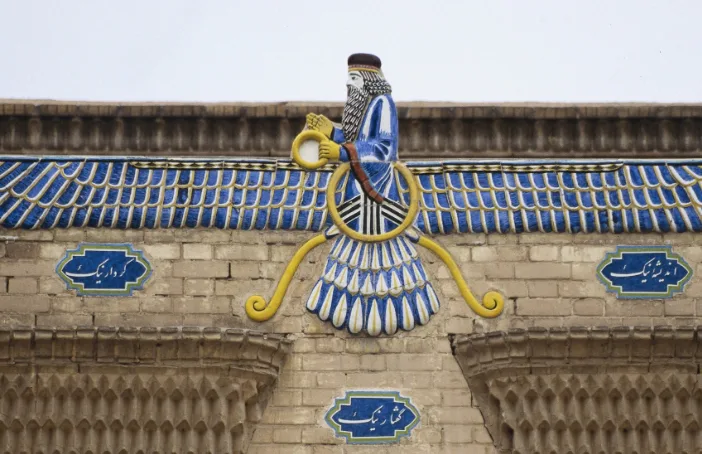
2.Zoroastrianism
Zoroastrianism was founded by the prophet Zoroaster (or Zarathustra) in ancient Persia (modern-day Iran) around the 6th century BCE. Zoroaster is believed to have received divine revelations, which he compiled into the sacred texts known as the Gathas. Zoroastrianism is primarily monotheistic, centering on the worship of Ahura Mazda (or Ohrmazd), the supreme god who represents the principles of truth (asha) and order. Ahura Mazda is believed to be the creator of the universe and the source of all goodness.
A central tenet of Zoroastrianism is the concept of cosmic dualism, which posits a fundamental struggle between the forces of good (represented by Ahura Mazda) and evil (embodied by Angra Mainyu or Ahriman). Humans are called upon to actively participate in this cosmic battle by choosing righteousness over evil.
Zoroastrianism emphasizes ethical conduct and the importance of leading a righteous life. The ethical principles include truthfulness (asha), justice, compassion and charity. Zoroastrians strive to uphold these values in their daily lives.

3.Judaism
Dating back to approximately 2000 BCE, Judaism is one of the oldest monotheistic religions.
Judaism traces its origins to the covenant between God and the patriarch Abraham, as described in the Hebrew Bible (Tanakh). According to Jewish tradition, God chose the Israelites as His chosen people and gave them the Torah, which includes the foundational laws and teachings.
Central to Judaism is the belief in one God (Yahweh), who is transcendent, omnipotent and omniscient. The Hebrew Bible emphasizes the uniqueness and sovereignty of God and prohibits the worship of other gods.
Judaism emphasizes ethical monotheism, which involves the practice of ethical principles and moral conduct in accordance with God’s commandments. The ethical teachings of Judaism include concepts such as justice, compassion, charity (tzedakah) and the pursuit of righteousness (tikkun olam).
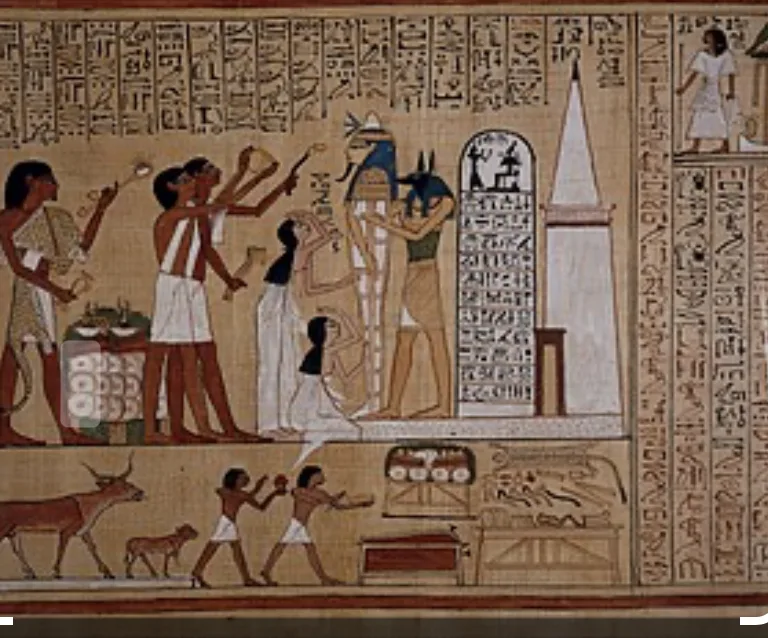
4.Ancient Egyptian Religion
The ancient religion of Egypt, with its complex mythology and pantheon of gods, dates back to around 3100 BCE. Egyptian religion was polytheistic, meaning it involved the worship of multiple gods and goddesses. The Egyptian pantheon included a vast array of deities, each associated with different aspects of nature, society and the afterlife.
Egyptian mythology encompassed elaborate cosmological and mythological narratives that explained the origins of the universe, the gods and humanity. These myths often featured divine beings such as Ra (the sun god), Osiris (the god of the afterlife and resurrection), Isis (goddess of magic and fertility) and Horus (god of the sky and kingship), among others.
In ancient Egypt, the pharaoh was considered a divine ruler, believed to be the earthly embodiment of the gods and a mediator between the gods and the people. The pharaoh’s role in religious rituals and ceremonies was central to maintaining cosmic order and harmony (ma’at).

5.Sumerian Religion
Originating in ancient Mesopotamia (modern-day Iraq) around 3500 BCE. Sumerian religion featured a complex pantheon of gods and goddesses, each associated with various aspects of nature, society and human endeavors. Among the most prominent deities were Anu (the sky god and head of the pantheon), Enlil (the god of wind and storms), Enki (the god of water, wisdom and magic), Inanna (the goddess of love, fertility and war) and Utu (the sun god).
Sumerians believed in polytheism, recognizing numerous gods and goddesses who possessed human like qualities, emotions and behaviors. These deities were often depicted in human form but with exaggerated features and symbols representing their respective domains.
Sumerian religion emphasized the concept of cosmic order (me), which governed the natural world, social hierarchy and divine authority. Kingship was believed to be divinely ordained, with rulers acting as intermediaries between the gods and humans.
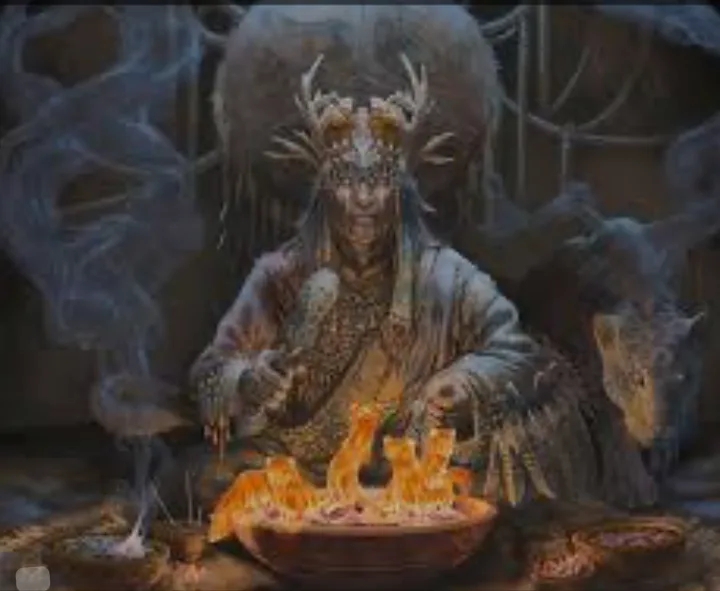
6.Shamanism
Shamanism is a spiritual practice that dates back tens of thousands of years and is found in various indigenous cultures around the world. Shamanism is a set of beliefs and practices involving a practitioner, known as a shaman, who acts as an intermediary between the human and spirit worlds. Shamans are believed to have the ability to communicate with spirits, including ancestors, animal spirits and nature spirits, to heal, divine and perform rituals for the community.
While specific beliefs and practices vary among different indigenous cultures, shamanism often includes common themes such as animism (the belief that all living and non-living entities possess a spirit or soul), the existence of multiple realms or dimensions and the interconnectedness of all life.
Shamanism emphasizes a deep connection to the natural world, viewing nature as sacred and imbued with spiritual energy. Many shamanic traditions incorporate reverence for animals, plants, elements and natural cycles, recognizing the wisdom and power inherent in the natural environment.
Shamanism is practiced in diverse cultures around the world, including indigenous communities in Siberia, Mongolia, Africa, the Americas, Australia and Southeast Asia. Each cultural tradition has its own unique cosmology, mythology and practices, reflecting the specific cultural, ecological and historical context of the community.
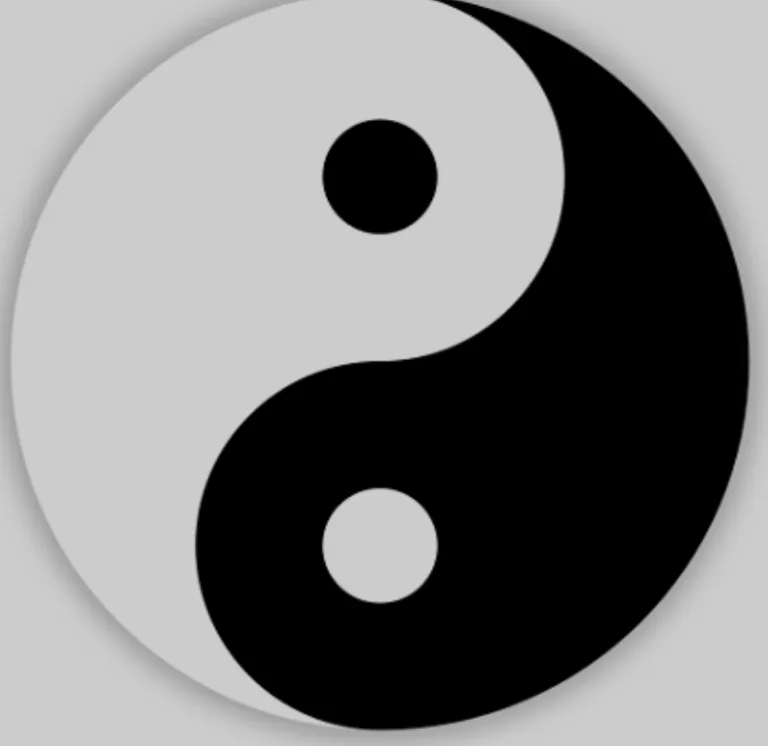
7.Taoism
Dating back to around the 4th century BCE, Taoism is an ancient philosophical and spiritual tradition that originated in China. Taoism emphasizes living in harmony with the natural rhythms and patterns of the universe. Practitioners seek to align themselves with the Tao by cultivating spontaneity, simplicity and non-action (wu wei), allowing things to unfold naturally without undue interference or effort.
Taoism incorporates the concept of yin and yang, representing the complementary and interdependent forces of nature. Yin is associated with darkness, passivity and the feminine principle, while yang represents light, activity and the masculine principle. Balance between yin and yang is essential for harmony and well-being.
While Taoism is primarily philosophical, it also encompasses a pantheon of deities, spirits and celestial beings. These include the Three Pure Ones (San Qing), the Jade Emperor (Yu Huang) and various gods and immortals associated with specific aspects of nature, health and prosperity.
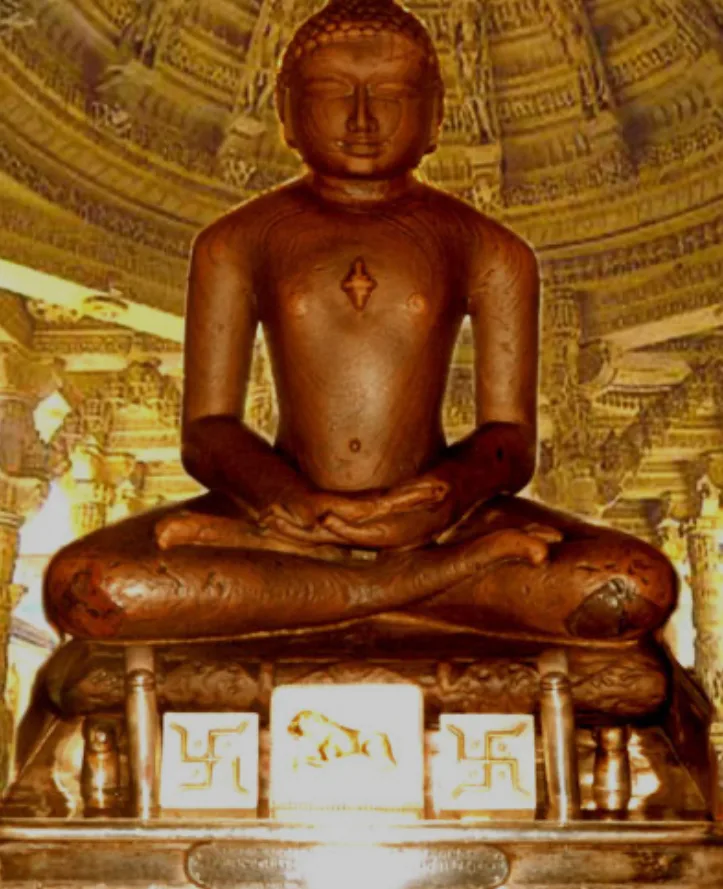
8.Jainism
Jainism traces its roots to Lord Mahavira, a spiritual teacher and ascetic who lived in ancient India during the 6th century BCE. Mahavira is considered the last of the 24 Tirthankaras (spiritual leaders) in Jainism, who are believed to have achieved enlightenment and shown the path to liberation.
Jainism is based on the belief in karma, reincarnation (samsara) and the pursuit of spiritual liberation (moksha) from the cycle of birth, death and rebirth. The Three Jewels of Jainism are Right Faith (Samyak Darshana), Right Knowledge (Samyak Jnana) and Right Conduct (Samyak Charitra), which guide adherents on the path to liberation.
Non violence(Ahimsa) is the central principle of Jainism and extends beyond physical harm to encompass mental, emotional and spiritual non-violence. Jains strive to minimize harm to all living beings, practicing vegetarianism, compassion and respect for life in all its forms.
Jainism places a strong emphasis on asceticism and renunciation of worldly attachments as a means of purifying the soul and attaining spiritual enlightenment. Ascetics, known as monks (Sadhus) and nuns (Sadvis), follow strict vows of celibacy, non-possession and self-discipline.

9.Shinto
Originating in Japan, Shinto is an ancient indigenous religion that venerates various kami (spirits or deities) associated with natural phenomena and ancestors. Its origins date back to prehistoric times, with formalization occurring around the 8th century CE.
Shinto places a strong emphasis on the worship of kami, which are believed to inhabit natural phenomena such as mountains, rivers, trees and animals. Kami are also associated with human ancestors, virtues and objects. Shinto rituals often involve offerings, prayers and purification ceremonies to honor and appease the kami.
Shinto places a strong emphasis on purity and cleanliness, both in physical and spiritual senses. Purification rituals, known as misogi or harai, involve cleansing the body and mind through practices such as washing with water, ritual bathing and the waving of sacred items like branches or wands (gohei).
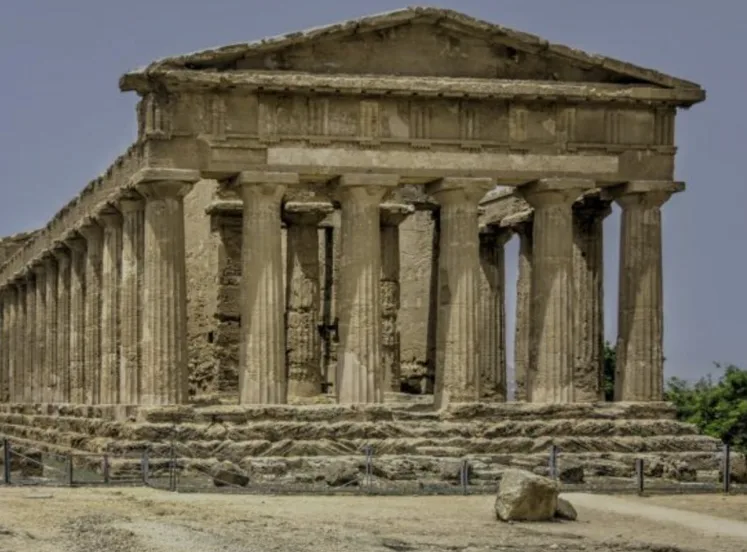
10.Ancient Greek Religion
The religious beliefs and practices of ancient Greece, which included the worship of numerous gods and goddesses, date back to at least the 8th century BCE. These beliefs heavily influenced Greek culture, philosophy and mythology.
Ancient Greek religion was polytheistic, meaning it recognized and worshipped multiple gods and goddesses. The Greek pantheon was extensive, with deities governing various aspects of life, nature and human endeavors. Some of the major gods and goddesses included Zeus (king of the gods), Hera (queen of the gods), Athena (goddess of wisdom and warfare), Apollo (god of the sun and arts), Artemis (goddess of the hunt) and Poseidon (god of the sea).
Greek mythology played a central role in religious beliefs and practices. Myths were narratives that explained the origins of the world, the nature of the gods and the relationships between gods and mortals. These myths often depicted divine beings with human like qualities and emotions, engaging in heroic feats, love affairs and conflicts.

